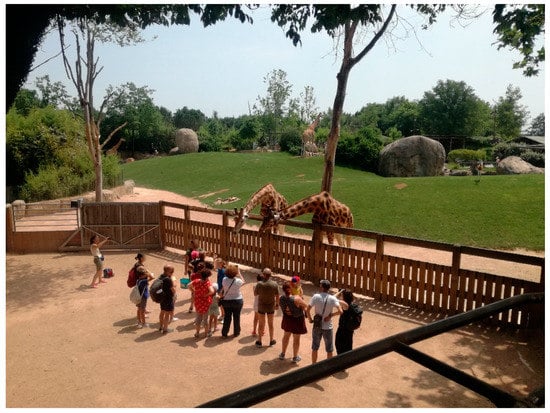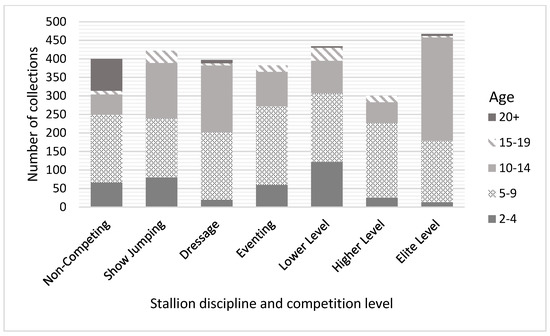Animals 2019, 9(8), 495; https://doi.org/10.3390/ani9080495 - 27 Jul 2019
Cited by 12 | Viewed by 3449
Abstract
This study evaluated the effects of hay-based total mix ration (TMR) in pelleted or unpelleted form on intake, weaning age, performance parameters, blood metabolites, and cost-effectiveness in crossbred dairy calves during the preweaning period under hot climatic conditions. Thirty calves (4 ± 1
[...] Read more.
This study evaluated the effects of hay-based total mix ration (TMR) in pelleted or unpelleted form on intake, weaning age, performance parameters, blood metabolites, and cost-effectiveness in crossbred dairy calves during the preweaning period under hot climatic conditions. Thirty calves (4 ± 1 days (d) old), were assigned to one of the three dietary treatments in a randomized complete block design. Treatments assigned were: (1) conventional calf starter (CCS); without hay (2) TMR containing 85% calf starter and 15% chopped oat hay (OH) and (3) pelleted TMR (PTMR) containing 85% calf starter and 15% OH. Colostrum-fed calves were offered four liters (L) of whole milk each, during the first week, followed by six L daily. Calves were weaned off milk gradually on the basis of targeted starter intake of 200, 600, and 800 grams, after which they were considered weaned. Environmental temperature, feed intake, and health scores were recorded daily. The calves experienced heat stress with an average temperature-humidity index (THI) of 80.06 ± 3.42. Results revealed that average daily dry matter intake (DMI), average daily gain (ADG), and feed efficiency (FE) were not different (P > 0.05) among the treatments. Changes in body measurements, rumen development parameters, and blood metabolites were also not affected by the treatments (P > 0.05). Average weaning age in PTMR was 5.4 d earlier as compared to CCS. Feed cost per unit gain tended to be lower for PTMR compared with CCS-fed (86%) calves. Feeding pelleted TMR containing 15% OH tended to reduce the weaning age and feed cost per unit gain without affecting growth performance, intake, FE, and health parameters in crossbred calves under heat stress conditions.
Full article
(This article belongs to the Section Cattle)
►
Show Figures








